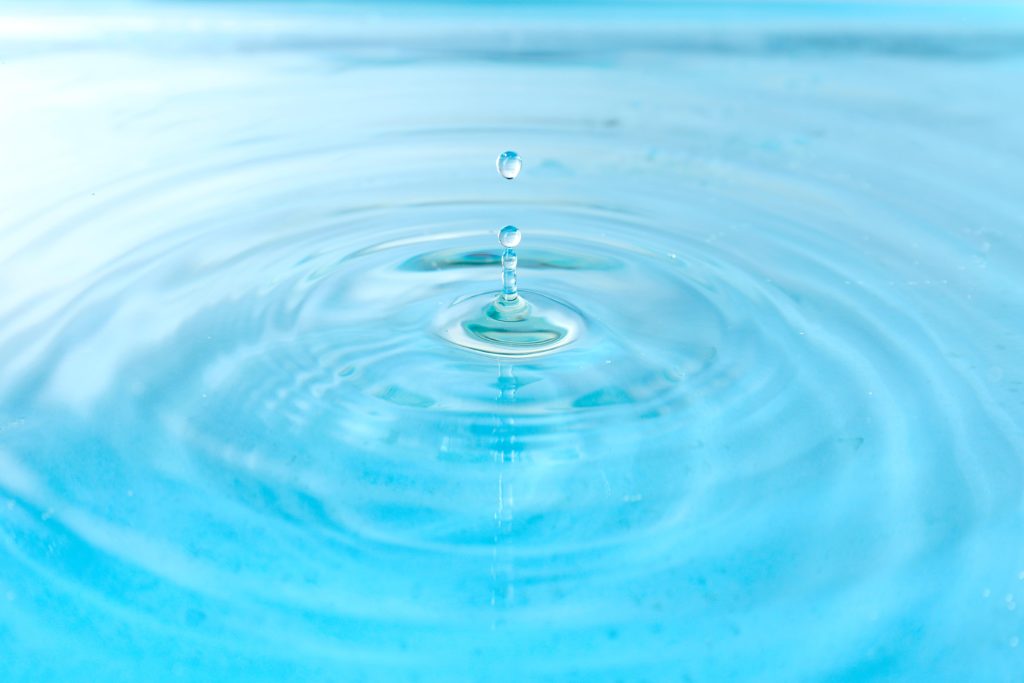The definition of “ideal” means something different to everyone and the ideal humidity level in the home is no exception.
The United States Environmental Protection Agency (EPA) suggests home humidity remains under 60% relative humidity. Venta recommends staying within the following guidelines:
- Indoor temperatures in the winter are maintained between 68 degrees and 74 degrees, with a relative humidity level between 40 percent and 60 percent
- Temperatures in the summer should be maintained between 73 degrees and 79 degrees, with a relative humidity level between 40 percent and 60 percent
Let’s examine what relative humidity means and how it affects comfort. The definition of relative humidity according to the Air Conditioning Contractors of America is “the ratio of water vapor currently in the air to the maximum water vapor at that temperature, multiplied by 100.”
Plainly, air at high temperatures holds more water vapor.
But what happens in the winter when temperatures drop and the air lacks moisture? Your heating unit warms the air but does not add water to the indoor atmosphere. This is exactly when the need for added (and regulated) humidity comes into play.
Now, let’s consider what is environmentally agreeable for one person residing in a home or office might not be the same as another. The Illinois Department of Public Health (IDPH) states many factors like activity level and clothing can also be a factor in “optimal temperature”.
“Acceptable relative humidity levels should range from 20 percent to 60 percent year-round,” states the office of the IDPH. “Levels less than 20 percent in the winter and greater than 60 percent in the summer should be considered unacceptable.”
Why are these levels unsatisfactory? Because high levels of relative humidity promote the growth of elements like bacteria and mold and create an environment where dust mites can thrive. If you are plagued by allergies, an excessive amount of humidity will be detrimental to your health.
On the flip side, if the humidity is too low, other concerns like dry, itchy skin and the irritation of the upper respiratory system can become more than just irritating. Frequent exposure to dry air can bring on bloody noses and chronic chapping of the lips, skin, and throat.
Taking into consideration that everyone and everything in the home needs a stable level of humidity, it’s probably best to bring in a humidifier that will do the job and give you peace of mind at the same time. Our humidifier works by pulling indoor air into the machine and naturally reducing indoor air pollutants. Functioning without the use of filters, indoor air pollutants collected are trapped in the water, with clean, humidified air evaporating back into your space. Plus – the humidity is regulated based on your unique environment.

